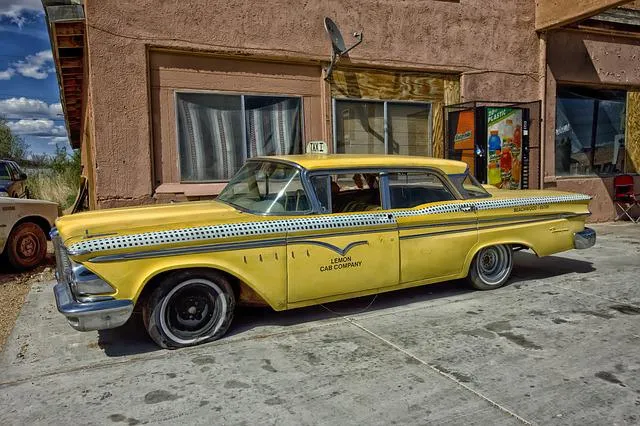Webb will join the efforts of numerous telescopes to understand the nature of the supermassive black hole called Sagittarius A *, whose tendency to throbbing on an hourly basis makes image difficult. Joining Webb’s investigators will be a team working with the Event Horizon Telescope. EHT, made up of eight terrestrial radio telescopes, which captured the first ever image of a black hole, M87 *, in 2019.
Although Sagittarius A * is closer than M87 *, its flickering nature makes the Milky Way’s supermassive black hole a much more difficult target to observe, Webb officials explained in a statement.
“While the core of M87 featured a constant target, Sagittarius A * exhibits mysterious flickering flashes on an hourly basis, which makes the imaging process that much more difficult,” Webb officials wrote in late 2021. “Webb will help with their own infrared images of the black hole region, to provide data on when the flares are present which will be a precious reference for the EHT team ”.
Flares occur when charged particles are accelerated around the black hole to higher energies, creating light emission. Webb, which launched on December 25 and is in the midst of a months-long commissioning period, will eventually observe Sagittarius A * in two infrared wavelengths from a deep space location unimpeded by stray light. . Since EHT is in the field, the hope is that the data collected by Webb will integrate the network data on the ground and create a cleaner and easier to interpret image.
Collaborators expect Webb and EHT, working together, to provide more information on what causes the flares, which in turn could provide insights for the study of black holes, solar flares, or particle and plasma physics more generally.
“We want to know how the universe works, because we are part of the universe. Black holes could hold clues to some of these big questions, ”study lead researcher Farhad Yusef-Zadeh, an astrophysicist at Northwestern University in Illinois, said in the same statement.
The first black hole ever discovered was identified in 1971; the first EHT image of M87 * in 2019 provided “direct visual evidence that Einstein’s black hole prediction was correct,” the press release states. Black holes, the team added, are a “testing ground” for Einstein’s theory and the hope is that this first collaboration between Webb and EHT will allow for more observations and more useful data in the years to come.


